
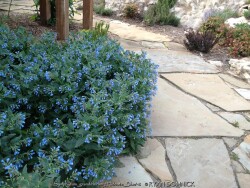
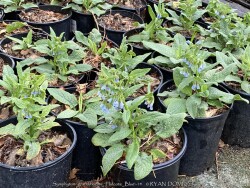

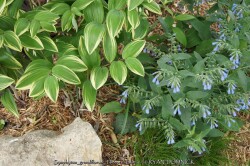
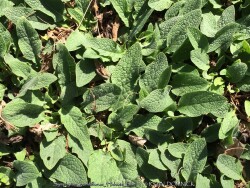
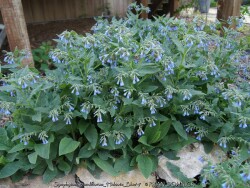
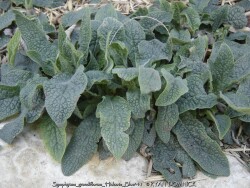
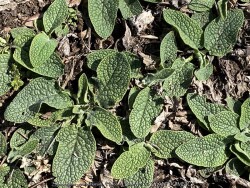
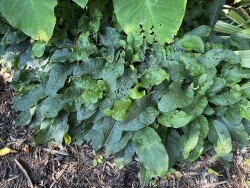
Plant Min Zone: 3a
Plant Max Zone: 8a
Sunlight: Part Sun, Shade, Deep Shade
Water / Rainfall: Low, Average
Soil Quality: Average, Rich
Bloom Season: Early Summer, Summer
Flower Color: Blue
Berry / Fruit Color: None
Spring Foliage Color: Mint Green
Summer Foliage Color: Mint Green
Fall Foliage Color: Mint Green
Evergreen Foliage: Some
Winter Interest: No
Scented Flowers: No
Drought Tolerance: Medium, High
Wet-Feet Tolerance: Low
Humidity Tolerance: Medium
Wind Tolerance: Medium
Poor Soil Tolerance: Rocky Soils
Height: 0.75' - 1.5'
Width: 1.5' - 2'
Growth Rate: Medium
Service Life: Long: 5-10 years
Maintenance Need: Medium
Spreading Potential: Medium
Yearly Trimming Tips: Trim Perennial to 3-6" Above Ground in Summer After Blooms: Forms Basal Foliage Growth.
Plant Grouping Size: Small Grouping of 3-5, Medium Grouping of 5-10
Best Side of House: East Exposure, North Exposure
Extreme Planting Locations: Resistant to Rabbits
Ornamental Features: Emerges Early in Spring, Multiple Seasons of Interest
Special Landscape Uses: Groundcover, Naturalizing
Possible Pest Problems: None
Plant Limitations: Aggressive Rhizomes / Runners, Sometimes Mistaken as Weed, May Be Too Invasive for Garden Use
Shippable in 2026: YES
Dry Shade Comfrey / Large-Flowered Comfrey (Symphytum grandiflorum) is a perennial native to Europe with textured sandpapery green leaves and light yellow flowers. It spreads by creeping rhizomes and forms an attractive groundcover. Foliage is quite dense forming a tight weed resistant covering. Comfrey prefers rich average to moist well-drained soils with part sun to full shade. However, being a tolerant plant, is very adaptable to both dry and moist locations and will grow quite nicely in dry shade. It is not particular as to soil type or pH. and is highly tolerant of urban pollution and will even thrive in inner city environments. There is virtually no maintenance unless you want to mow down the dead foliage in the winter. It is also suggested to deadhead the flowers after blooming as they are not attractive. But if you don't, they will die back on their own and get swallowed up by the foliage. In addition to being a great perennial for your landscape, this comfrey may have herbal uses as well. There are no pest, disease, or browser problems. Considered one of the best plants for solving your most difficult dry-shade landscape challenges. The blue variety, Symphytum grandiflorum 'Hidcote Blue', has more of a blue green foliage and light blue flowers on taller flower spikes. Spread is also more rapid and sometimes to the point of aggressive and rich moist soil. Comfrey is a great underused plant worthy of more wide scale use in the landscape. Dry Shade Comfrey has persisted through over a decade in our Lawrence, KS display garden with no problems.